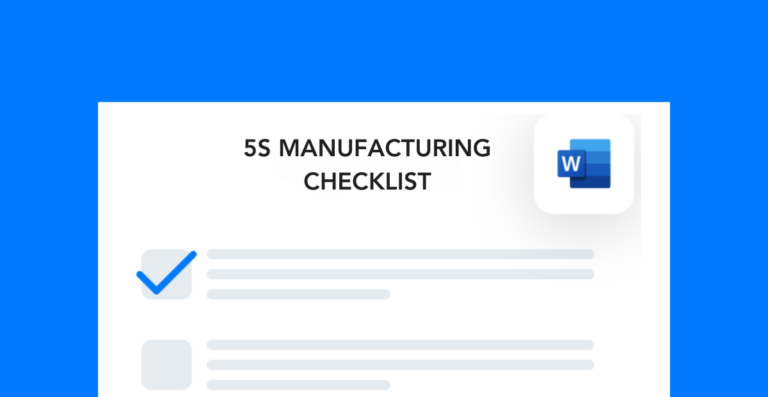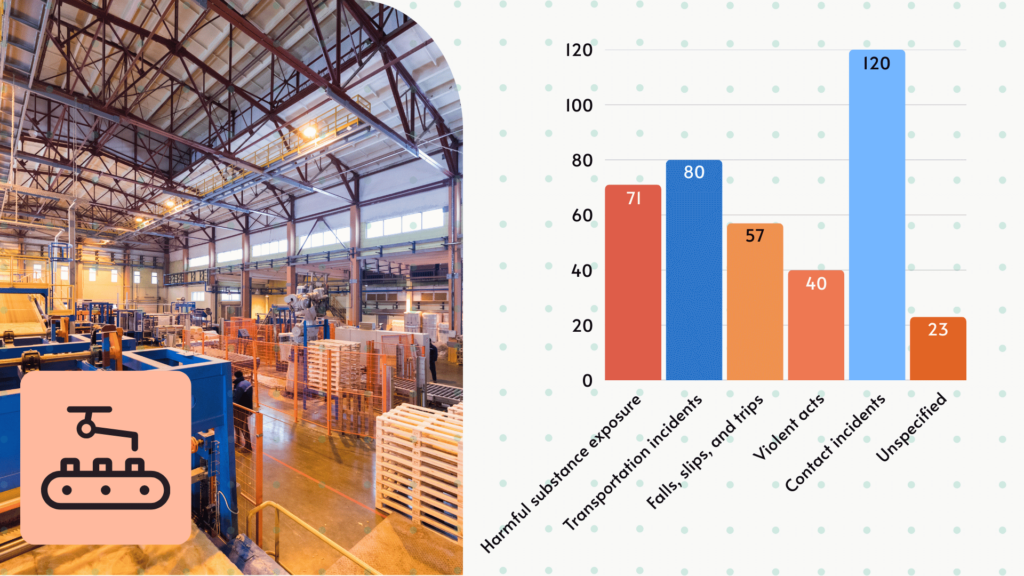Overcoming common manufacturing training challenges
If you work in manufacturing, then you know that completing OHSA’s annual training requirements can be a struggle. Not only do you have to cover all the safety basics, but you also have to conduct site-specific training.
Workers must learn how to safely and properly use all the equipment and tools onsite. And in a manufacturing environment, there are many different tools to cover. So, it’s no wonder why there are so many manufacturing training challenges that plague businesses of all sizes and disciplines.
You can’t take someone’s word that they know how to operate a band saw just because they used to cut items on their grandpa’s saw in the garage. You have to perform the training yourself and document it as well.
I highly recommend you have some training course, or program for your processes in any manufacturing task. Below are my top recommendations for overcoming the most common manufacturing training challenges regardless of your industry.
Mentorship program for employees
A good way to have on-the-job training for manufacturing workers, and to ensure they are trained in job specific machinery/tools, is to implement a mentorship program.
This involves assigning all new/transfer employees a mentor who will train them in the specifics of their work area. New workers won’t be allowed to run processes alone until they’ve passed their mentorship review.
New hire orientation
As far as OSHA’s training requirements are concerned, many manufacturers still have the challenge of getting all workers in compliance. A good place to start is to create an excellent onboarding process for new hires.
Employees need to know what is expected of them before they can be held accountable for their actions; especially when it comes to their safety.
I recommend covering the EHS basics during your orientation and touching base on most all your annual required training during this time. That way, you know right from the beginning that workers have met the requirements.
Side note: if your orientation program consists of you just popping in a video and calling it a day, you should seriously reconsider your approach. One of my first jobs in EHS was in the pipeline construction sector, and I walked in the first day to an orientation video on vertical construction.
BIG problem.
You need to make your training specific to what your company is doing. Not only will you be more compliant with your training, but you will also keep the interest of your employees.
After orientation, you can go into process-specific training.
Site-specific manufacturing training
Once you establish how you want to onboard workers to fulfill OSHA’s general requirements, it’s time to consider how you will create and administer site-specific content. Creating relevant and engaging is one of the biggest manufacturing training challenges I’ve encountered myself. First, you need to ask yourself what you want that to look like.
- Virtual training? In-person classes?
- Who should conduct the training? And how often should workers have to complete refreshers?
- How will you ensure that workers stay up to date on their requirements?
These are all very valid questions you need to ask yourself when you establish your program.
If you want to do a virtual training program, you should ensure compliance with your specific policies, procedures, and regulations. You’ll also want to ensure that there is a knowledge check (test) and that employees have access to someone who can answer any questions they may have.
Most virtual trainings are fairly generic unless you make them yourself and upload them to a learning management system (LMS). Having an LMS will make it easier to track training progress and assign modules to your workers.
If you use an LMS to administer virtual training, just remember that there are certain courses that need practical application as well. Examples include lockout/tagout, forklift operation, and more.
I would recommend that you schedule several training sessions per month to avoid completely shutting down the manufacturing operation at any time. Training workers in groups, rather than all at once, can reduce costs related to production downtime.
Here are a few tasks you’ll have for in-person training:
- Check the sign-in sheet to record attendance.
- Hand out and collect tests.
- Follow up with workers in the days and weeks after training.
- Reschedule training for those who missed it.
I recommend having a make-up day or two scheduled at the end of the year for anyone who missed training. It may take your entire day for a few days, but you could catch them up this way.
The most efficient way, in my opinion, is to create your own online training sessions and schedule the training for the employees on a compliance calendar throughout the year. Give them reminders when the training is due and send it up the chain for missed training to ensure it’s complete.
You could possibly also partner with your EHS software provider to modify training to fit your needs and upload it into their LMS. Manually tracking completions and expiration dates becomes quite cumbersome, especially if you do it for a long time.
Overall, I’d say virtual training is the way to go, as it gives you insight into the content, completions, and scheduling. However, you just need to make sure you set it up to align with your company’s processes and requirements.

Jason Hathcoat
Jason is a seasoned EHS professional with more than 17 years of experience working in health and safety. He currently works as an EHS manager for a large global HVAC company.




